BMW X7 vs Land Rover Range Rover – Performance, range & efficiency compared
Everyday use, family trips or long-distance drives – here’s where the differences show.
Discover whether BMW X7 or Land Rover Range Rover fits your lifestyle better.
Here’s where it gets real: The technical differences in detail
Costs and Efficiency: Price and efficiency are often the first things buyers look at. Here it becomes clear which model has the long-term edge – whether at the pump, the plug, or in purchase price.
BMW X7 has a clearly perceptible advantage in terms of price – it starts at 90800 £, while the Land Rover Range Rover costs 122700 £. That’s a price difference of around 31971 £.
Fuel consumption also shows a difference: the Land Rover Range Rover manages with 2.70 L and is therefore decisively more efficient than the BMW X7 with 8 L. The difference is about 5.30 L per 100 km.
Engine and Performance: Under the bonnet, it becomes clear which model is tuned for sportiness and which one takes the lead when you hit the accelerator.
When it comes to engine power, the Land Rover Range Rover has a slightly edge – offering 615 HP compared to 530 HP. That’s roughly 85 HP more horsepower.
In acceleration from 0 to 100 km/h, the Land Rover Range Rover is minimal quicker – completing the sprint in 4.50 s, while the BMW X7 takes 4.70 s. That’s about 0.20 s faster.
In terms of top speed, the Land Rover Range Rover performs minimal better – reaching 261 km/h, while the BMW X7 tops out at 250 km/h. The difference is around 11 km/h.
There’s also a difference in torque: the Land Rover Range Rover pulls barely noticeable stronger with 800 Nm compared to 750 Nm. That’s about 50 Nm difference.
Space and Everyday Use: Beyond pure performance, interior space and usability matter most in daily life. This is where you see which car is more practical and versatile.
Both vehicles offer seating for 7 people.
In curb weight, the BMW X7 is slight lighter – 2490 kg compared to 2504 kg. The difference is around 14 kg.
In terms of boot space, the Land Rover Range Rover offers slight more room – 818 L compared to 750 L. That’s a difference of about 68 L.
In maximum load capacity, the Land Rover Range Rover performs minimal better – up to 2176 L, which is about 56 L more than the BMW X7.
When it comes to payload, Land Rover Range Rover somewhat takes the win – 846 kg compared to 760 kg. That’s a difference of about 86 kg.
All in all, the Land Rover Range Rover shows itself to be dominates this comparison and secures the title of DriveDuel Champion.
It impresses with the more balanced overall package and proves to be the more versatile companion for everyday use.
BMW X7
The BMW X7 stands as a remarkable testament to luxury and performance within the SUV market. Its design seamlessly blends elegance with a robust presence, ensuring a commanding stance on the road. Inside, it offers a lavish interior adorned with premium materials and cutting-edge technology to enhance the driving experience.
details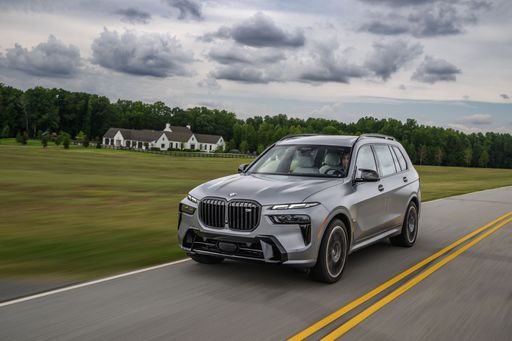 @ press.bmwgroup.com
@ press.bmwgroup.com
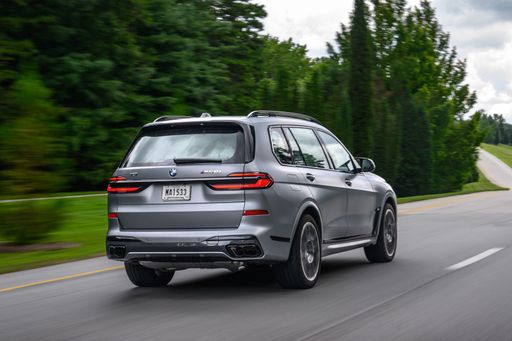 @ press.bmwgroup.com
@ press.bmwgroup.com
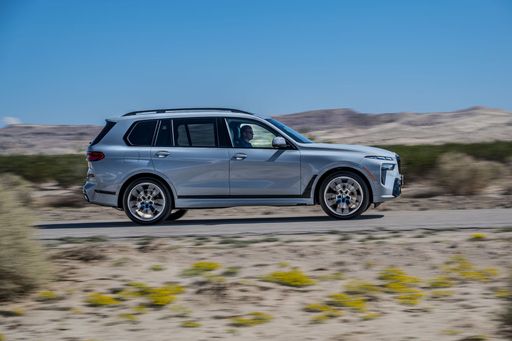 @ press.bmwgroup.com
@ press.bmwgroup.com
 @ press.bmwgroup.com
@ press.bmwgroup.com
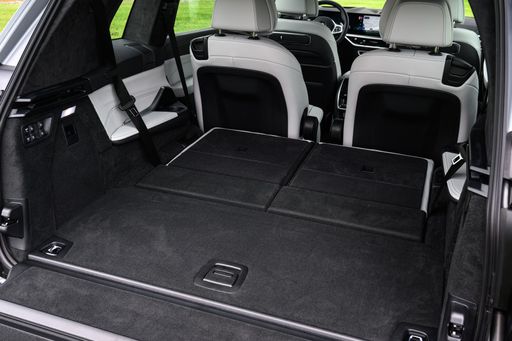 @ press.bmwgroup.com
@ press.bmwgroup.com
Land Rover Range Rover
The Land Rover Range Rover epitomises luxury and capability in the realms of off-road vehicles. Its elegant design seamlessly marries sophistication with ruggedness, making it equally suitable for urban environments and challenging terrains. Inside, passengers are treated to a plush interior with premium materials and cutting-edge technology that ensure a comfortable and connected driving experience.
details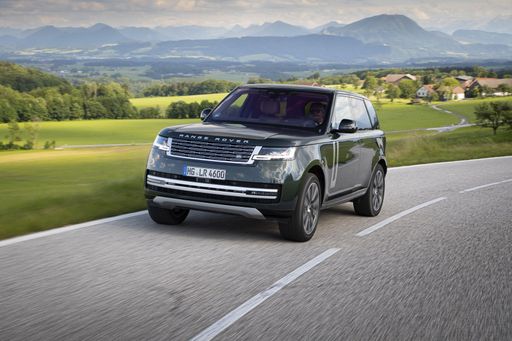 @ media.landrover.com
@ media.landrover.com
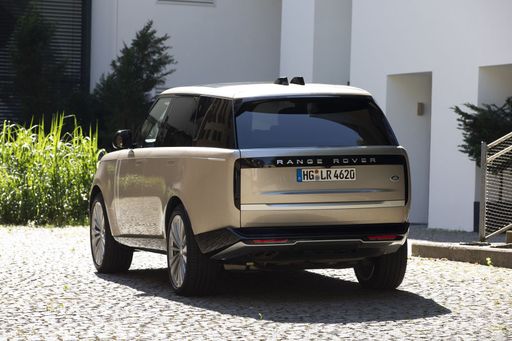 @ media.landrover.com
@ media.landrover.com
 @ media.landrover.com
@ media.landrover.com
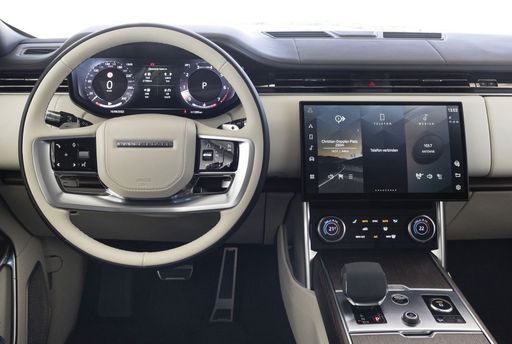 @ media.landrover.com
@ media.landrover.com

|

|
|
|
|
Costs and Consumption |
|
|---|---|
|
Price
90800 - 117500 £
|
Price
122700 - 244700 £
|
|
Consumption L/100km
8 - 12.1 L
|
Consumption L/100km
2.7 - 11.7 L
|
|
Consumption kWh/100km
-
|
Consumption kWh/100km
-
|
|
Electric Range
-
|
Electric Range
116 - 117 km
|
|
Battery Capacity
-
|
Battery Capacity
31.80 kWh
|
|
co2
210 - 274 g/km
|
co2
62 - 265 g/km
|
|
Fuel tank capacity
80 - 83 L
|
Fuel tank capacity
71 - 90 L
|
Dimensions and Body |
|
|---|---|
|
Body Type
SUV
|
Body Type
Off-Roader
|
|
Seats
7
|
Seats
5 - 7
|
|
Doors
5
|
Doors
5
|
|
Curb weight
2490 - 2675 kg
|
Curb weight
2504 - 2810 kg
|
|
Trunk capacity
750 L
|
Trunk capacity
212 - 818 L
|
|
Length
5181 mm
|
Length
5052 - 5258 mm
|
|
Width
2000 mm
|
Width
2047 mm
|
|
Height
1835 mm
|
Height
1870 mm
|
|
Max trunk capacity
2120 L
|
Max trunk capacity
1841 - 2176 L
|
|
Payload
680 - 760 kg
|
Payload
589 - 846 kg
|
Engine and Performance |
|
|---|---|
|
Engine Type
Diesel MHEV, Petrol MHEV
|
Engine Type
Plugin Hybrid, Petrol MHEV, Diesel MHEV
|
|
Transmission
Automatic
|
Transmission
Automatic
|
|
Transmission Detail
Automatic Gearbox
|
Transmission Detail
Automatic Gearbox
|
|
Drive Type
All-Wheel Drive
|
Drive Type
All-Wheel Drive
|
|
Power HP
352 - 530 HP
|
Power HP
300 - 615 HP
|
|
Acceleration 0-100km/h
4.7 - 5.9 s
|
Acceleration 0-100km/h
4.5 - 6.6 s
|
|
Max Speed
245 - 250 km/h
|
Max Speed
218 - 261 km/h
|
|
Torque
520 - 750 Nm
|
Torque
650 - 800 Nm
|
|
Number of Cylinders
6 - 8
|
Number of Cylinders
6 - 8
|
|
Power kW
259 - 390 kW
|
Power kW
221 - 452 kW
|
|
Engine capacity
2993 - 4395 cm3
|
Engine capacity
2997 - 4395 cm3
|
General |
|
|---|---|
|
Model Year
2023
|
Model Year
2025
|
|
CO2 Efficiency Class
G
|
CO2 Efficiency Class
B, G
|
|
Brand
BMW
|
Brand
Land Rover
|
What drivetrain options does the BMW X7 have?
The BMW X7 is available as All-Wheel Drive.
The prices and data displayed are estimates based on German list prices and may vary by country. This information is not legally binding.
